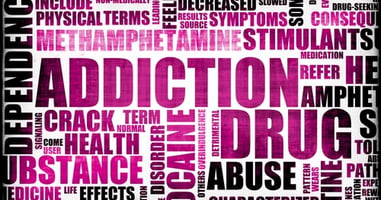Providers Found to Regularly Follow Clinical Practice Guidelines When Diagnosing ADHD
 |
The findings are based on data collected during a follow-up survey to the 2011–2012 National Survey of Children’s Health (NSCH)—a nationally representative telephone survey of households with children from birth to age 17 in the United States. For the follow-up, parents with children aged 2 to 15 who had been told by a physician or other health care provider that their child had ADHD were recontacted and asked questions about the steps that led to the diagnosis. A total of 2,976 ADHD interviews were completed from January to June 2014.
To evaluate children for ADHD, the American Academy of Pediatrics (AAP) recommends that providers perform a diagnostic evaluation using the Diagnostic and Statistical Manual of Mental Disorders and assess the extent of the child’s impairment and the pervasiveness of the impairment across multiple settings. AAP also recommends that information on the child's behavior be obtained from multiple people, including parents, teachers, and other child care providers.
The results of the follow-up survey revealed that the median age at ADHD diagnosis was 7 years, and about 1 in 3 children (30.7%) was diagnosed before age 6. Approximately one-half of children with ADHD were diagnosed first by a primary care provider, such as a pediatrician (39%) or general health physician (14.1%). Approximately 1 in 4 children diagnosed with ADHD before age 6 (23.7%) was first diagnosed by a psychiatrist; when diagnosed at an older age, children were less likely to be diagnosed by a psychiatrist (15.6%).
Parents were also asked about the methods used by the diagnosing provider to assess their child for ADHD. Consistent with best practices, behavior rating scales or checklists were used for 89.9% of children assessed for ADHD. Additionally, more than three-quarters diagnosed before age 6 and nearly two-thirds diagnosed at ages 6 and over had undergone neuropsychological testing. For the majority of children (81.9%), at least one adult outside the family was involved in the diagnostic process.
“Describing the diagnostic experiences of a representative sample of U.S. children with ADHD is an important step toward understanding how children are diagnosed with ADHD in the United States and helps to inform efforts that seek to ensure that best practices are used in the evaluation and diagnosis of the disorder,” the study authors wrote.
For related information, see the Psychiatric News article “Education Policies May Influence ADHD Diagnoses.”
(Image: Andresr/Shutterstock)





